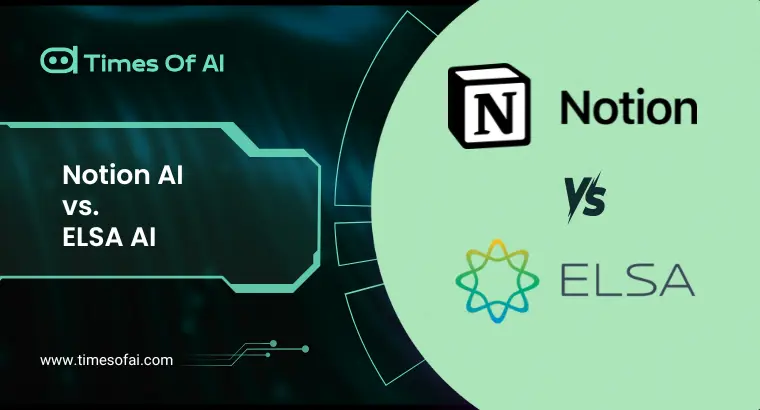
The international IT spending is projected to grow by 9% in 2025, largely driven by increased AI investments and cloud computing, according to a recent report from S&P Global Ratings. However, while major technology firms are ramping up their AI expenditures, enterprises remain cautious about large-scale deployment.
AI Investments Surge But Enterprises Proceed with Caution
The report highlights that leading cloud service providers—including Amazon Web Services (AWS), Microsoft Azure, and Google Cloud—are increasing AI-related spending, alongside Meta. Combined, these companies are set to invest approximately $320 billion in AI development this year.
Despite this surge, businesses are still in the early stages of AI adoption. Many are assessing potential returns on investment while navigating risks related to security, legal compliance, and explainability. Christian Frank, Technology Director at S&P Global Ratings, said that enterprises are still in the proof-of-concept phase and that widespread AI implementation remains limited.
“Companies are still exploring AI applications that offer measurable returns. Security concerns, regulatory uncertainties, and the complexity of AI models are major hurdles,” Frank said. He also noted that while broader implementation is expected in 2025, organizations are likely to remain cautious.
Frank’s report indicates that businesses are selectively integrating AI in specific areas rather than fully committing to large-scale deployment. This measured approach is attributed to multiple factors, including a fragmented AI vendor ecosystem, a shortage of skilled AI professionals, and evolving legal and compliance standards.
S&P Global Ratings reported an 8.3% increase in IT spending last year, showing a steady growth trend in the sector. However, the focus is shifting toward cost efficiency in AI development, as demonstrated by a recent development in China.
DeepSeek AI’s Role
Chinese AI startup DeepSeek recently gained attention after unveiling an AI model that performed on par with leading U.S. models but was trained at a significantly lower cost. DeepSeek’s foundation model required an investment of just $5.6 million and used 2,048 Nvidia AI chips—considerably less powerful than the high-end processors typically used in the U.S. AI industry.
In contrast, American AI companies often spend hundreds of millions of dollars training large language models, relying on tens of thousands of top-tier Nvidia AI chips. Additionally, while U.S. AI firms, including OpenAI, Google, and AWS, charge for model access, DeepSeek has adopted an open-source approach, making its AI available for free. The startup’s inference costs—the expenses associated with running AI models—are also significantly lower than those of its U.S. competitors.
Despite DeepSeek’s cost efficiency, Frank remains skeptical about whether its approach will directly impact the financial strategies of U.S. enterprises.
Latest Articles
Dell Close to Securing $5B AI Server Deal with Elon Musk’s xAI
SAP Launches Business Data Cloud with Databricks to Power AI-Driven Innovation
OpenAI Executives Use AI for Routine Tasks, Not Just Innovation





